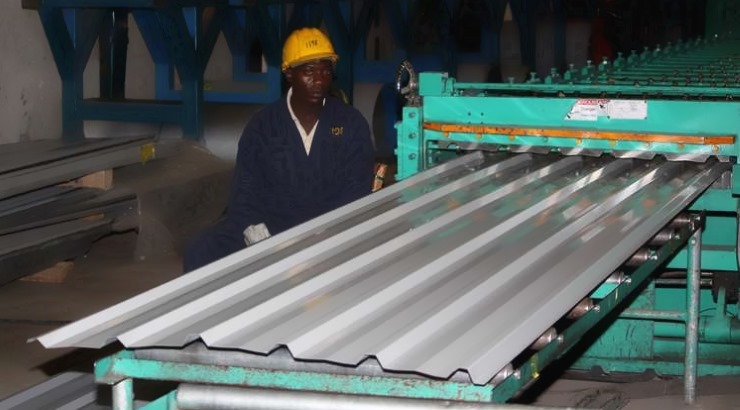Fixtures & Appliances
Galvanized Sheets Output Declines as Demand Falls
Galvanized sheet production dropped to 262,800 tonnes last year.

Kenya’s galvanised sheets production fell 2.2 per cent in 2017 following a decline that started with weakening demand in 2010 as home builders turned to alternative roofing materials, the latest official statistics show.
The Economic Survey 2018 shows that the production of galvanised sheets tolled 262,800 tonnes last year, down from 268,700 tonnes in 2016.
This is, however, a slight improvement from the 256,800 tonnes that were produced in 2015 – the lowest level since 2010 when production stood at 118,616 tonnes.
According to industry players, the sharp decline in production is attributable to the fast growth in the usage of tiles and shingles as more homeowners seek to improve the visual appeal of their homes.
It is also due to property developers’ latest inclination towards the construction of flat-topped buildings and the usage of new technologies such as solar tiles that have reduced the demand for iron sheets.
The National Construction Authority chairman Steven Oundo was earlier quoted by Business Daily as saying that galvanised sheets makers were scaling back their output in response to market trends.
“Galvanised sheets are increasingly facing competition from the wide use of roofing tiles and shingles.
“By cutting production, manufacturers are only responding to market trends,” he said.
Mr Oundo said that the description of high-end houses, especially those in towns, was quickly changing to mean those roofed with shingles or tiles.
RELATED: Narendra Raval Makes Bold Bet on Cement Business
However, a majority of first-time homeowners in various parts of the country are still opting for galvanised sheets as opposed to tiles and shingles because the latter are costlier.
The price of a galvanised sheet ranges between Sh300 and Sh490 per metre depending on the brand and thickness.
On the other hand shingles retail for about Sh1,450 per square metre although the cost rises to about Sh2,000 when an overlap and underlay made from recycled plastic is included.
The increasing investment in the low-cost housing market segment is expected to boost the production of roofing sheets soon since the products are mainly used in low-income homes.
Multiple developers have entered into the affordable housing market – which was previously viewed as unprofitable – amid growing demand for such homes across the country.
The Kenyan government has also unveiled an ambitious plan to build a million low-cost houses countrywide in five years in a bid to provide decent housing for low-income earners.
A total of Sh2.6 trillion will be spent on the construction of over a million low-cost homes in major towns by the end of 2022 to help ease the housing deficit that currently stands at about 1.85 million units.














